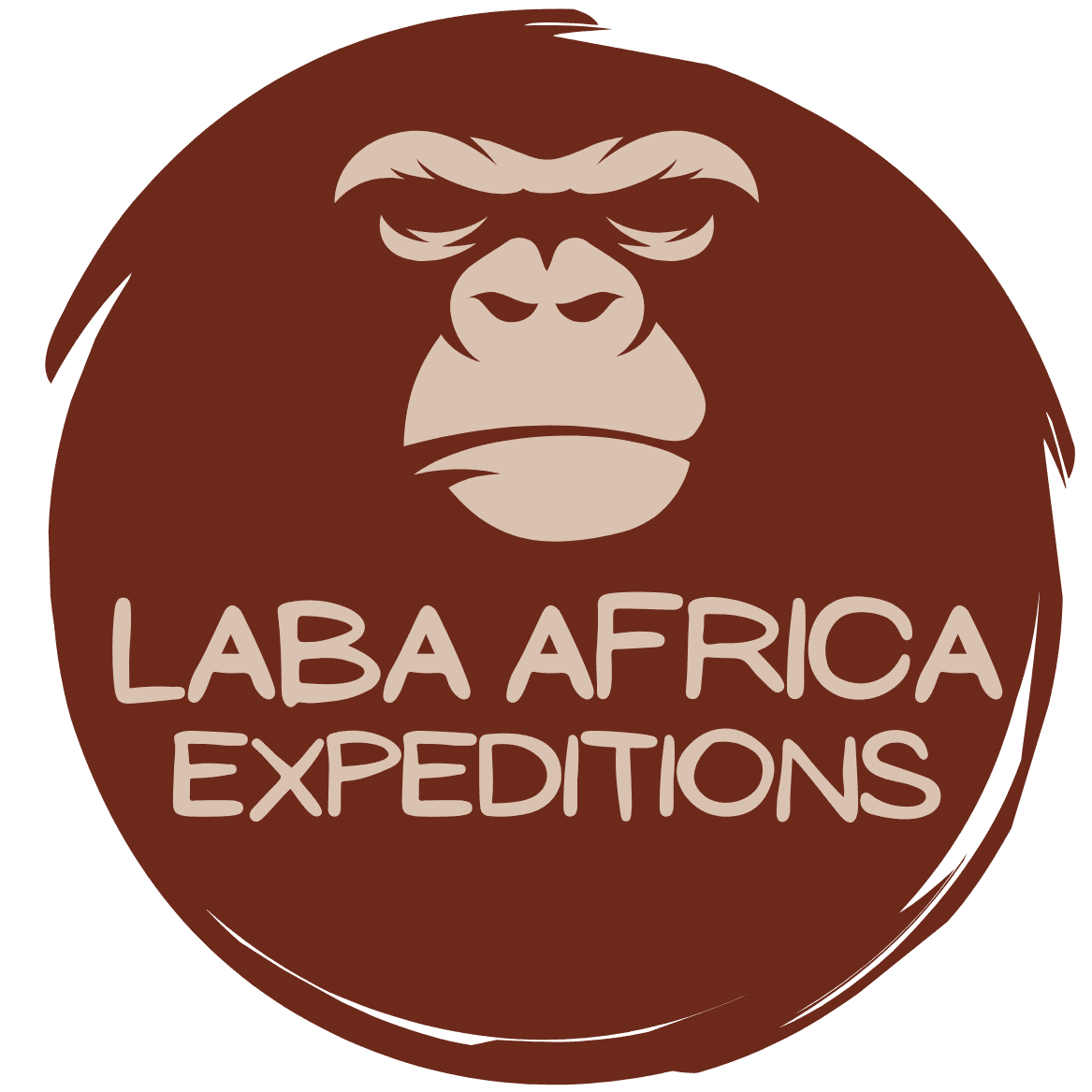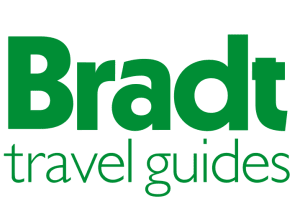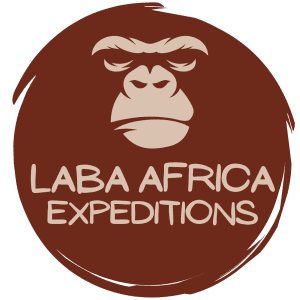DISCOVER AFRICA
Chances of Seeing Gorillas in Uganda Rwanda and Congo
Based on our extensive experience organizing gorilla tours in Uganda, Rwanda, and the Democratic Republic of Congo, the chances of encountering gorillas are approximately 95%, although we prefer to understate expectations by stating 100%.
The probability of encountering mountain gorillas is a frequent inquiry among travelers planning a gorilla trekking adventure. It is a topic often searched for in gorilla trekking reviews online. Given the significant investment required for gorilla trekking, including the cost of permits, airline tickets, accommodations, visas, transportation, and equipment, tourists understandably seek reassurance about their chances of encountering these magnificent primates. Uganda, Rwanda, and the Democratic Republic of Congo heavily invest in gorilla conservation efforts, not only due to their endangered status but also because they contribute to the country’s foreign exchange earnings. The high chances of seeing gorillas are a testament to their popularity.
Based on our extensive experience organizing gorilla tours in Uganda, Rwanda, and the Democratic Republic of Congo, the chances of encountering gorillas are approximately 95%, although we prefer to understate expectations by stating 100%. Gorilla trekking takes place throughout the year, including major national holidays, with the only potential disruption being significant events like war or insecurity in the park, as observed in the Democratic Republic of Congo. Even heavy rain does not deter gorilla trekking activities. We have only encountered one rare instance in the past where two tourists were unable to see the gorillas. The husband fell ill and exhausted along the way, preventing the wife from continuing without him. Such occurrences are highly uncommon, as we will explore in the following sections.
So, why are the chances of seeing mountain gorillas high? Gorilla families are allocated based on the participants’ fitness levels. Younger and more physically fit individuals are typically assigned gorilla groups located farther from the park offices, while older participants are assigned groups closer to the starting point. This allocation ensures that everyone can complete the trek.
It is important to inform the rangers and park officials about any physical limitations, as youth does not necessarily equate to fitness or good health. Additionally, individuals with cough, flu, or diarrhea are not allowed to track gorillas to prevent the transmission of diseases to the primates. Mountain gorillas have limited immunity to human illnesses. If you feel that you may not be physically fit enough for a trek lasting over two hours, we encourage you to inform your tour operator in advance so that arrangements can be made for a more manageable trek, with a gorilla family closer to the starting point.
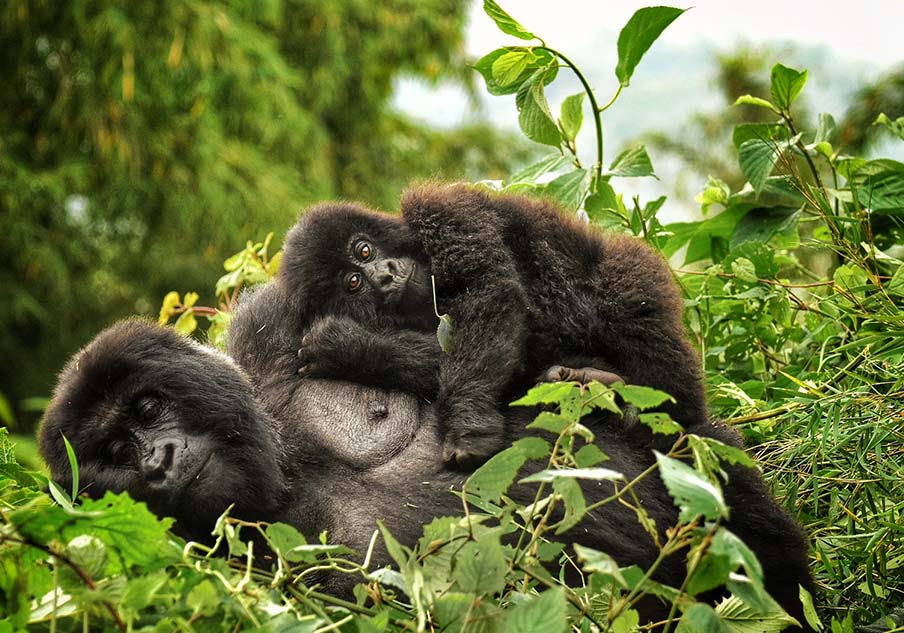
Now, let’s address the question of whether you will see the gorillas. The unsung heroes of gorilla trekking are the advance group of trackers. These dedicated individuals wake up before sunrise to locate the gorilla groups before tourists are led into the forest. Once they find a gorilla family, they relay the precise location to the rangers using global positioning devices, radios, or satellite phones. The trackers also guide the rangers along the best route to reach the gorilla group. Without these advance trackers, finding the gorillas would be considerably more challenging. Their role ensures that tourists and rangers do not wander aimlessly through the forest, increasing the likelihood of successful encounters.
Preparing for a Gorilla Trek
Mental preparedness and practicing walking beforehand are essential. Don’t forget to bring the items listed on the gorilla trekking packing list, such as hiking boots, long shirts/trousers, hand gloves, and a warm jacket. These items will help you navigate the dense African jungle, mud, insects, and the sun’s rays. To further enhance your already high chances of seeing gorillas, it is advisable to book your gorilla tour at least five months in advance. This allows your tour operator ample time to plan your trip meticulously, including securing a trek in an easier sector or with a shorter distance to cover.
Booking early is particularly crucial during the peak season of June, July, and August when numerous tourists visit Africa. Late bookings make it difficult to guarantee permit availability. If you have doubts about your physical fitness level, it is recommended to book your trip early and insist on being assigned to an easier trek in the appropriate sector of the park. It is worth noting that some people believe the chances of seeing mountain gorillas in Rwanda are higher, but that topic will be explored another time.
One final point to consider is that tourists are taken to observe habituated gorilla families. These families are accustomed to human presence and will not flee when approached, further increasing the chances of successful sightings. If you desire more time with the gorillas, you might be interested in the gorilla habituation experience in Bwindi. This unique encounter differs from standard gorilla trekking as it involves spending four hours with the gorillas after locating them. You might be interested in our article about gorilla trekking vs Gorilla habituation
During this experience, you will accompany researchers and highly experienced trackers into the jungle, offering a more immersive and educational adventure. Only four tourists can participate in a gorilla habituation experience, and obtaining the necessary permit, priced at $1,500, grants extended time with the primates and valuable insights into the work conducted by researchers, primatologists, and conservationists to protect these remarkable creatures.
How much is gorilla trekking?
The cost of gorilla trekking varies depending on the country you choose to visit. In Rwanda, the price for a gorilla permit is $1,500, making it the most expensive option. Uganda offers a more affordable alternative, with gorilla permits priced at $700. For those seeking a budget-friendly option, gorilla trekking in the Democratic Republic of Congo is available at a cost of $400 per permit. It is important to note that these prices are subject to change, and it is advisable to check with the respective authorities or tour operators for the most up-to-date information. Why gorilla trekking is expensives Despite the varying costs, the experience of encountering these magnificent creatures in their natural habitat is priceless and is sure to leave a lasting impression. Is gorilla trekking better in Uganda or Rwanda
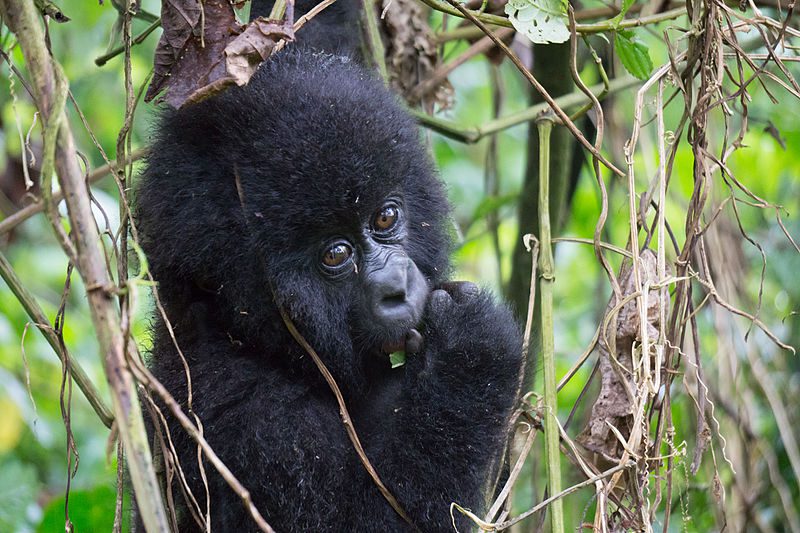

In conclusion, we can confidently state that the chances of seeing gorillas are indeed very high. While we cannot guarantee specific encounters, it is challenging to imagine a scenario where a fully fit tourist would miss out on such an exciting activity. The rangers always know the gorillas’ location before commencing the trek, and it is up to you to follow their guidance and reach the primates. The time it takes to find the gorillas is unpredictable and varies depending on the assigned group’s location that day. Generally, gorilla trekking can last anywhere from 30 minutes to 6 hours. One notable aspect of mountain gorillas is their limited mobility, as they rarely move for more than two hours. Unlike chimpanzees, mountain gorillas lead a relatively stationary life unless a dominant silverback perceives a threat from another silverback. They typically enjoy an abundant existence with little need to travel extensively. When coming to trekking gorillas , dont forget these gorilla trekking rules and regulations
